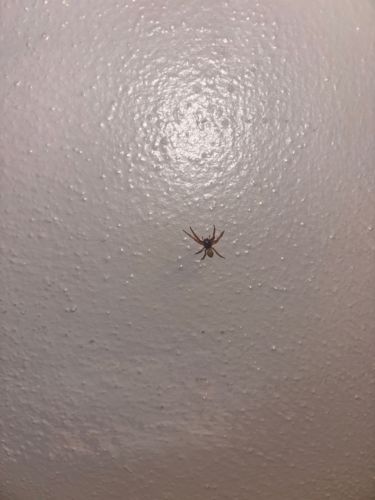Common House Spider
Scientific Name: Parasteatoda tepidariorum (formerly Achaearanea tepidariorum)
Order & Family: Order: Araneae, Family: Theridiidae
Size: Body length typically 3-8 mm (females), 2.5-4 mm (males). Leg span can be larger.

Natural Habitat
Commonly found indoors in human dwellings, especially in corners, under furniture, in closets, and other undisturbed areas. Outdoors, they can be found in a variety of sheltered locations.
Diet & Feeding
Mainly small insects like flies, mosquitoes, ants, and other small arthropods that get caught in their web. They are opportunistic predators.
Behavior Patterns
The common house spider spins an irregular, tangled web to catch prey. They often abandon old webs and build new ones nearby. They are generally shy and non-aggressive. Females enclose their eggs in a silken sac and attach it to the web.
Risks & Benefits
Risks: Bites are rare and usually only occur if the spider feels threatened or is accidentally pressed against the skin. The venom is not considered medically significant for most people, causing only mild local pain, redness, and swelling, similar to a bee sting. Benefits: They are beneficial as natural pest control, preying on nuisance insects in and around homes.
Identified on: 8/23/2025